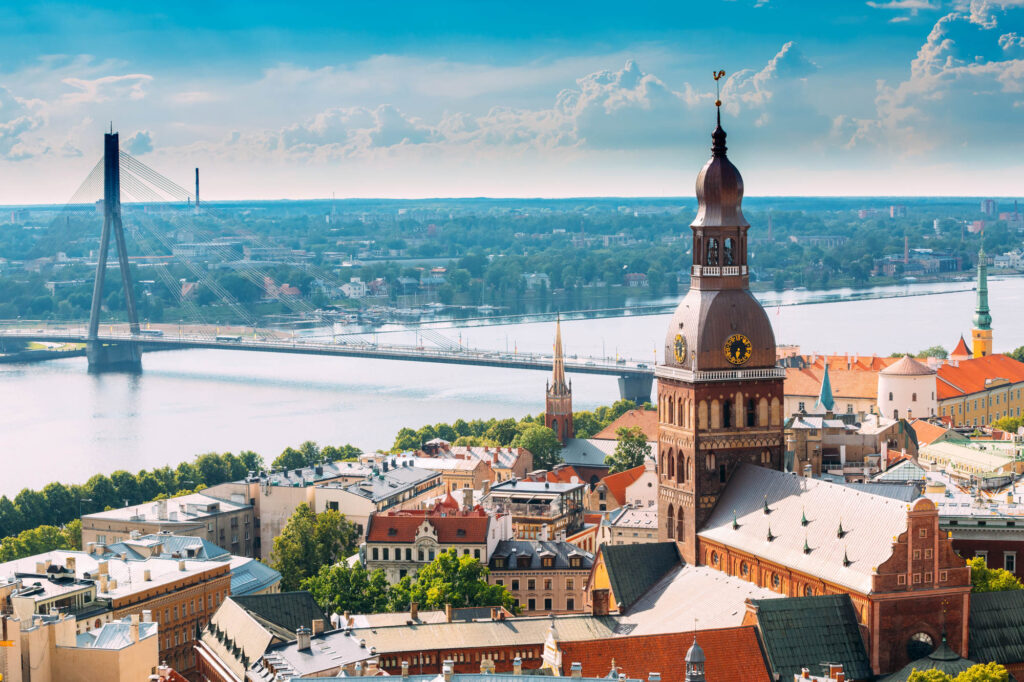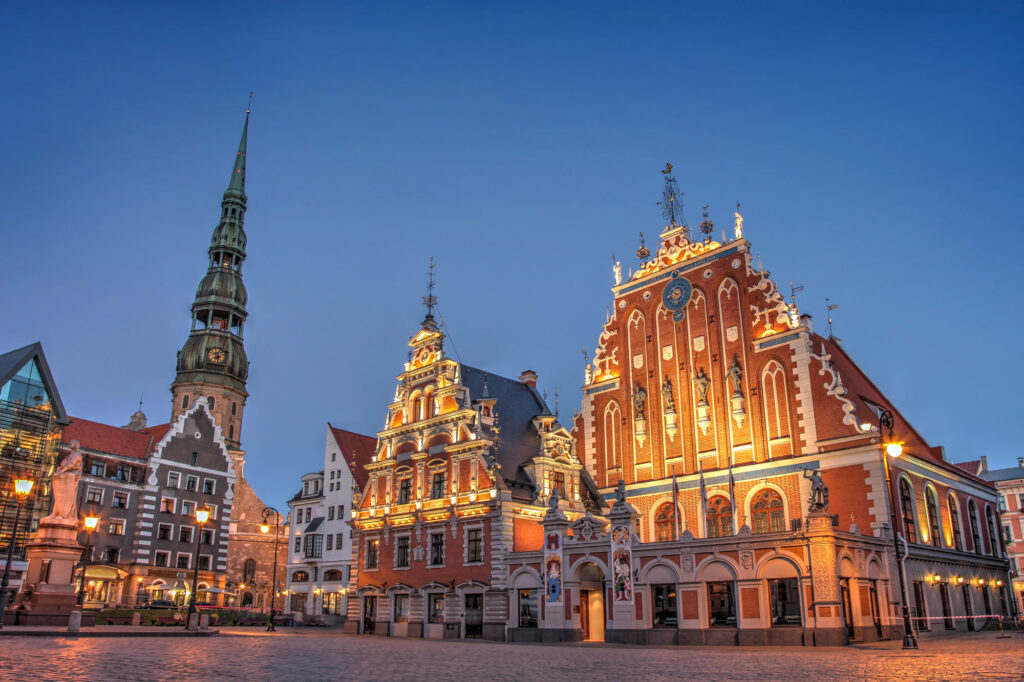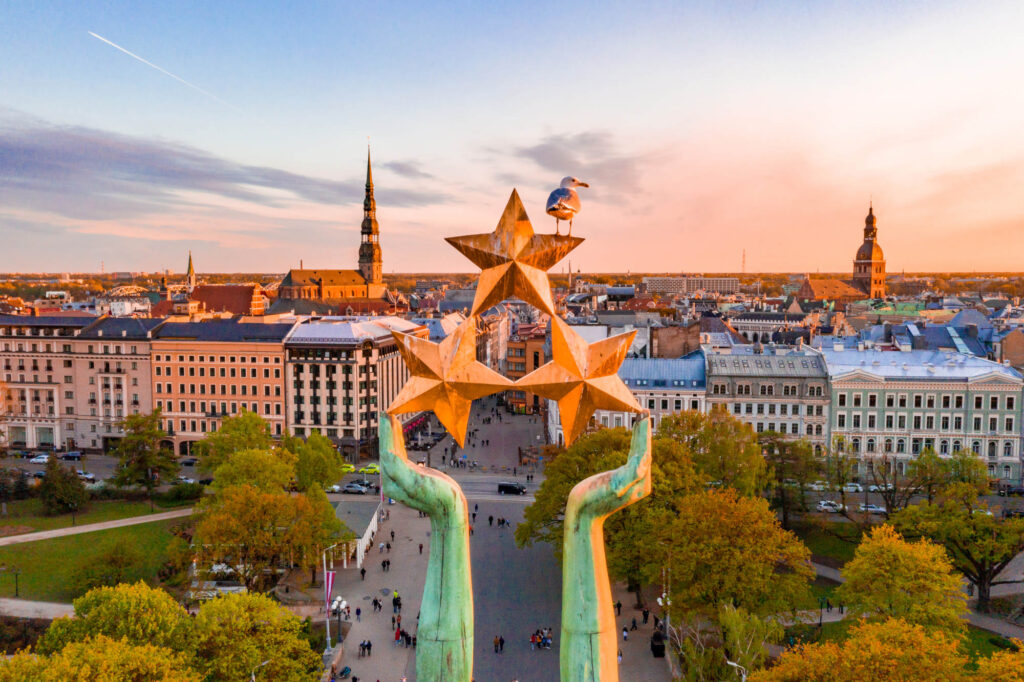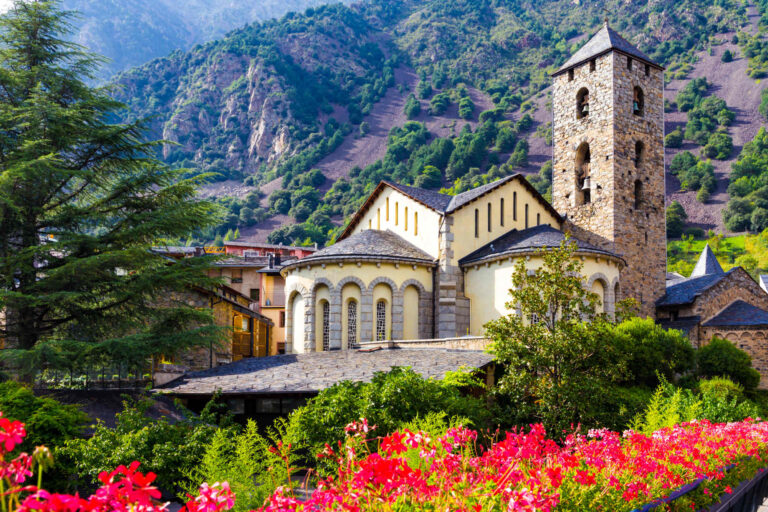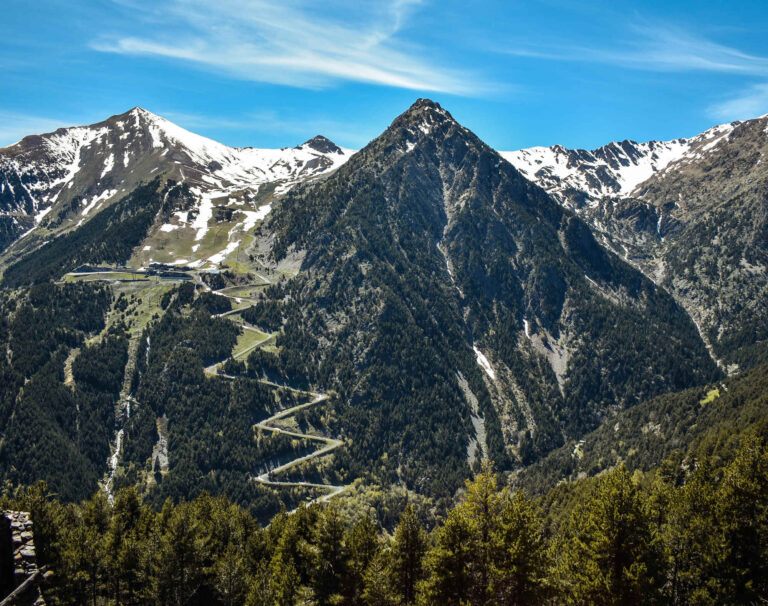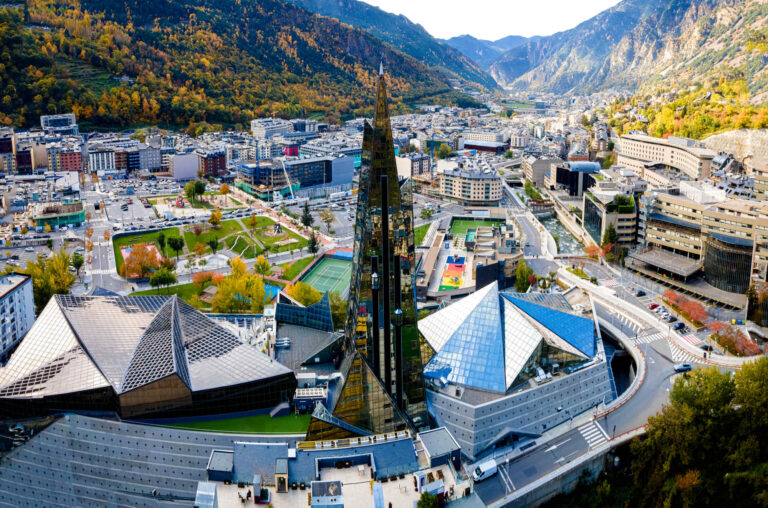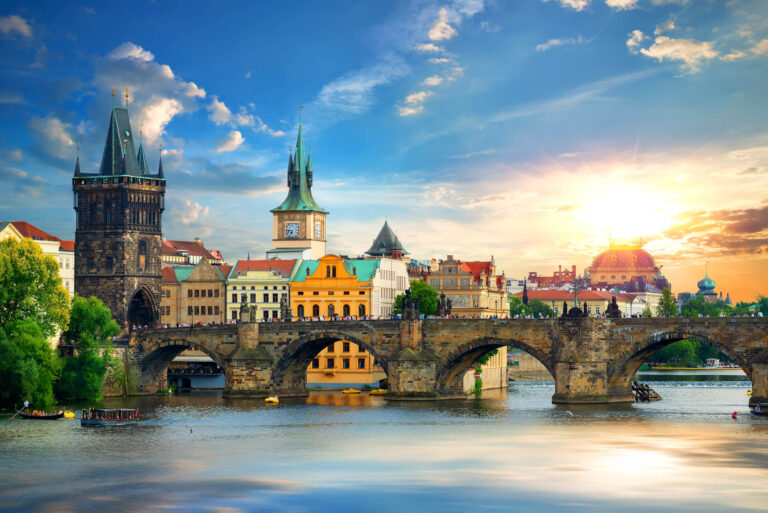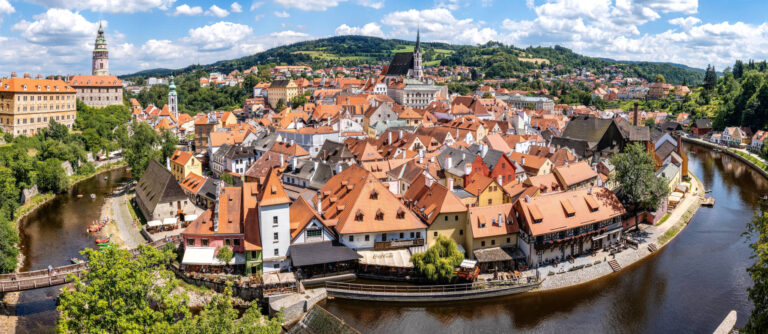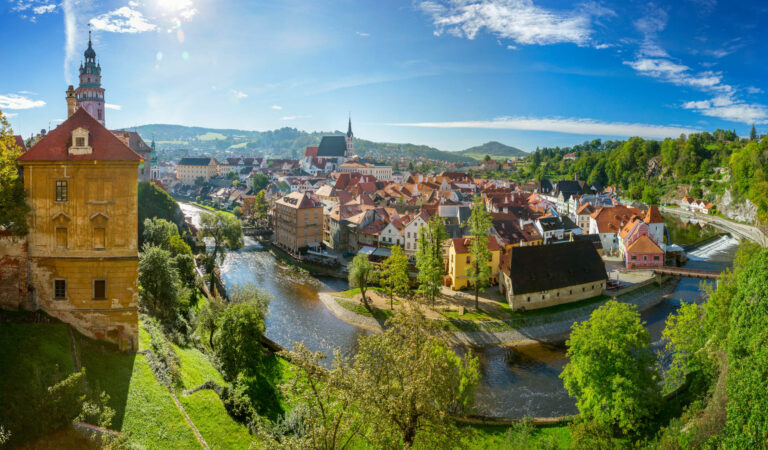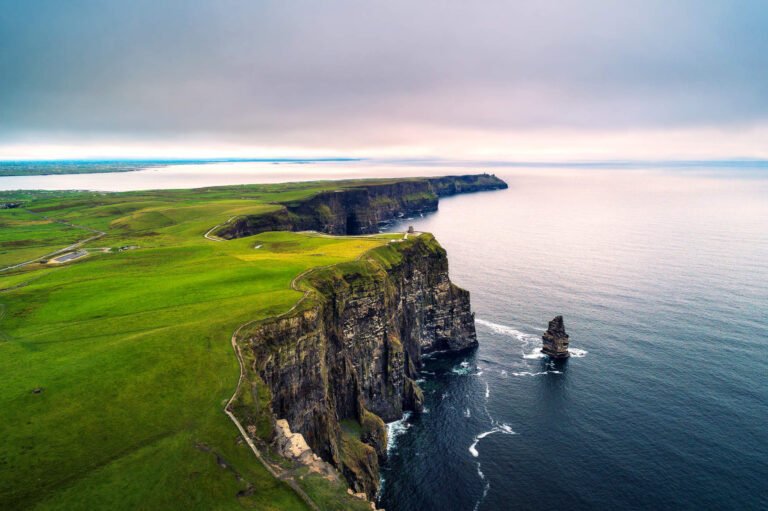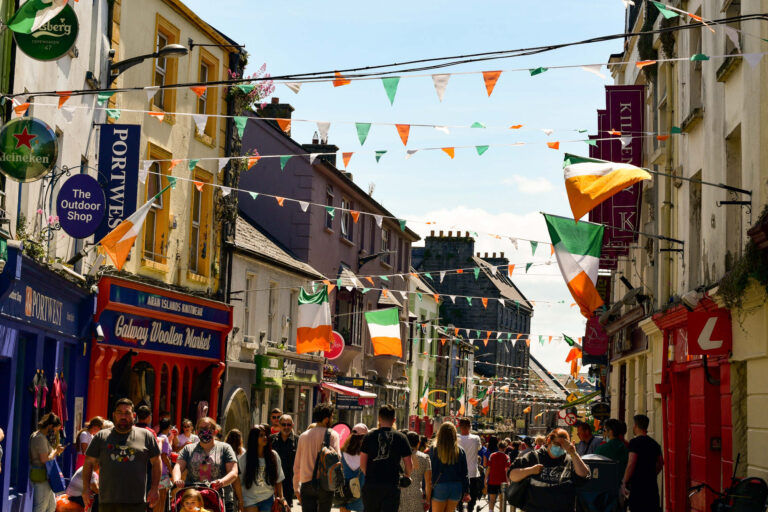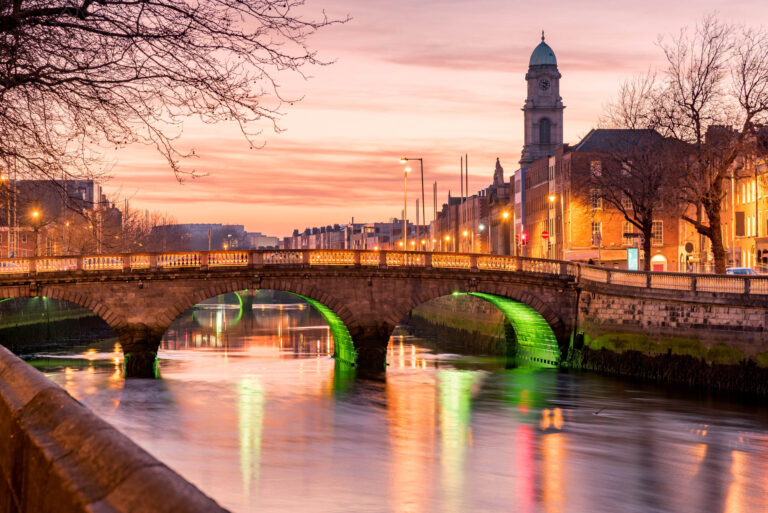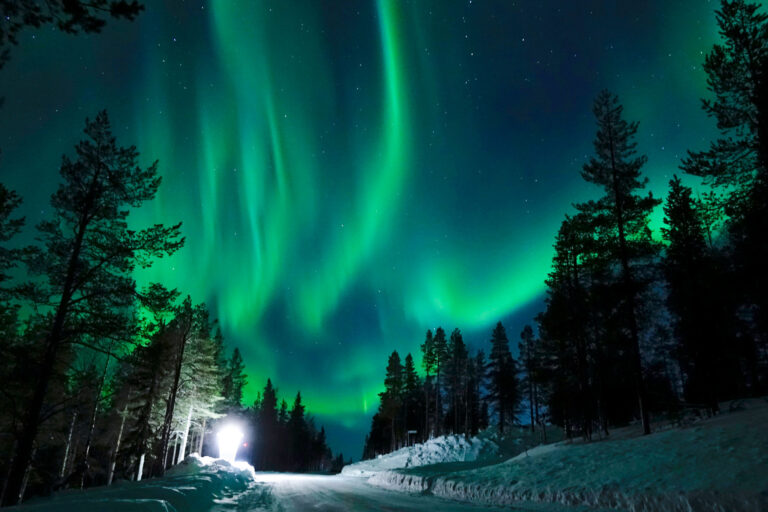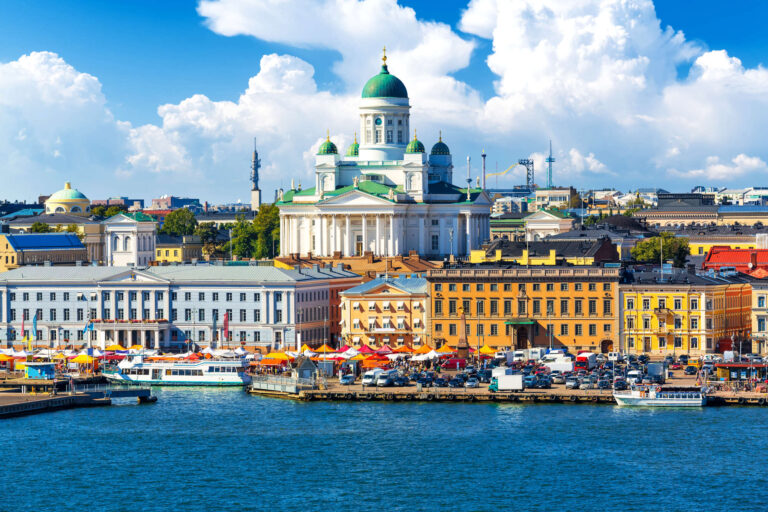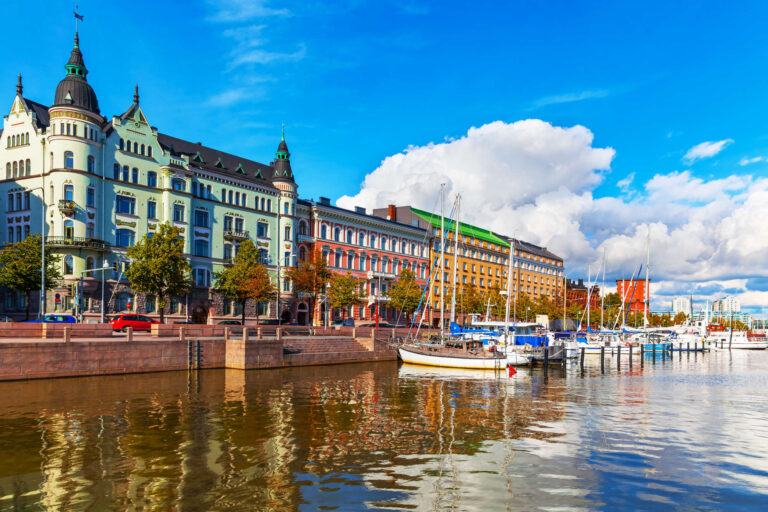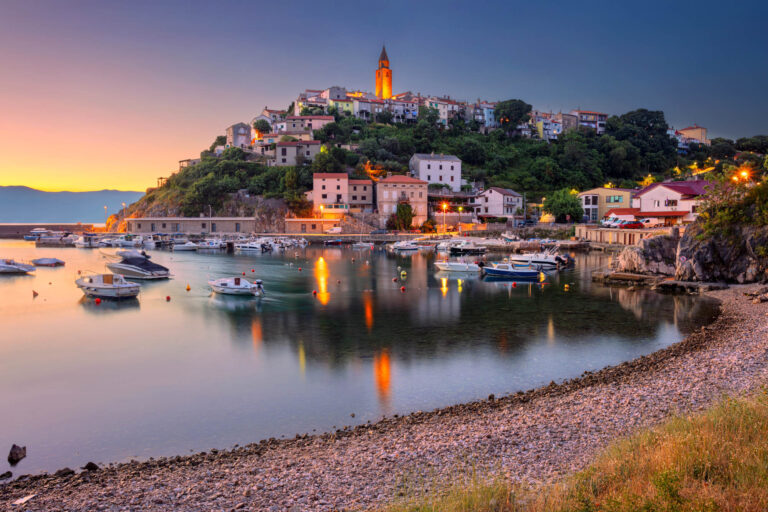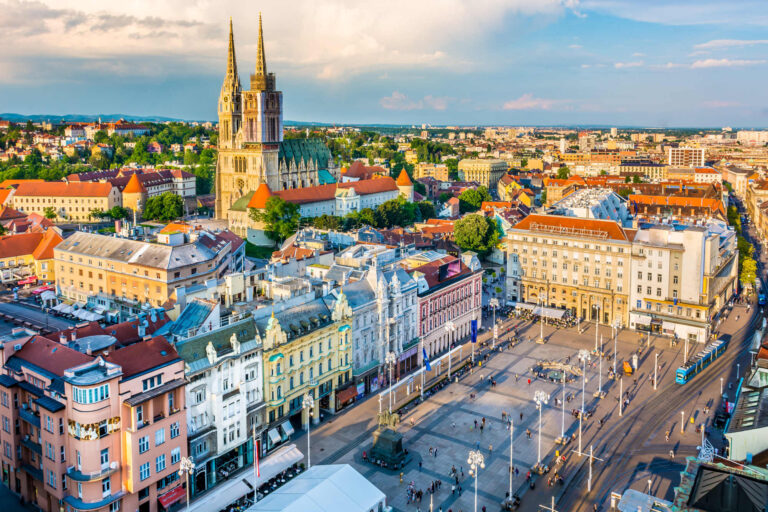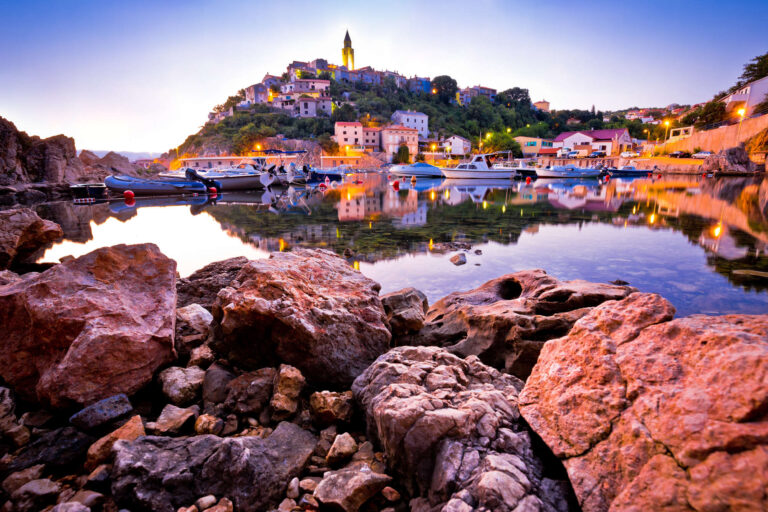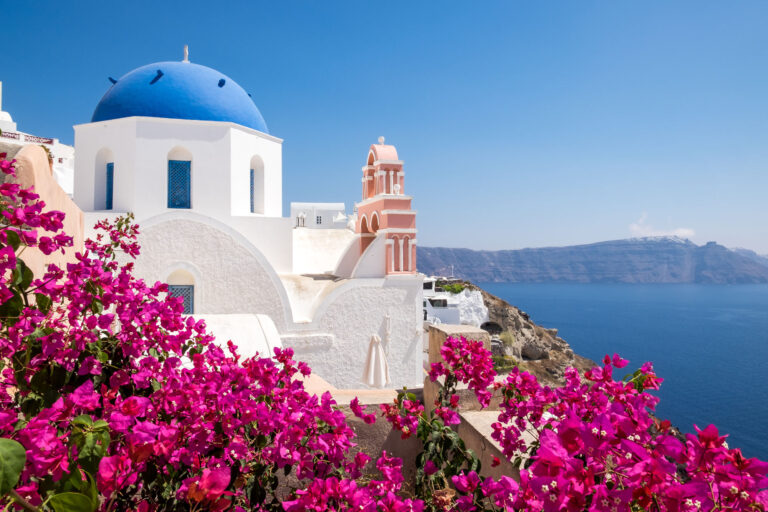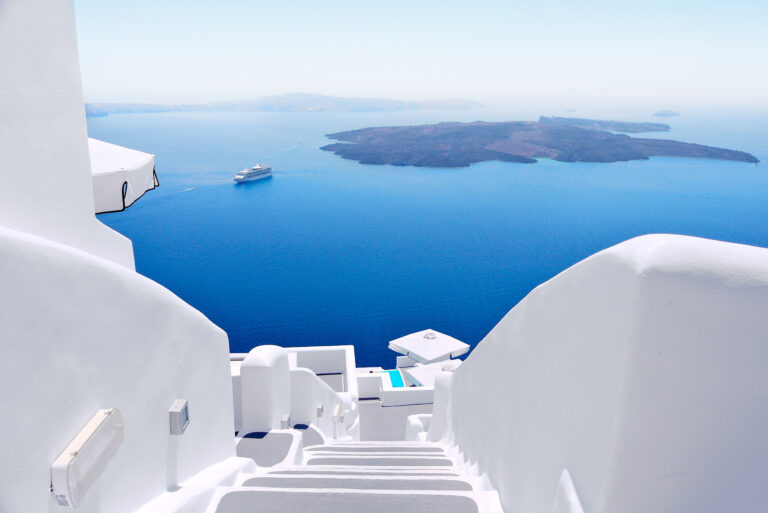
- COUNTRY
- MAIN CITIES
- prev
- next
THE COUNTRY
Several eastern Baltic tribes merged in medieval times to form the ethnic core of the Latvian people (ca. 8th-12th centuries A.D.).
The region subsequently came under the control of Germans, Poles, Swedes, and finally, Russians. A Latvian republic emerged following World War I, but it was annexed by the USSR in 1940 - an action never recognized by the US and many other countries.
Latvia acceded to both NATO and the EU in the spring of 2004; it joined the euro zone in 2014 and the OECD in 2016. A dual citizenship law was adopted in 2013, easing naturalization for non-citizen children.
- Gauja National Park;
- Jurmala Resort;
- Rundale Palace & Museum;
- Turaida Museum Reserve;
- Riga (includes Freedom Statue, Saint Peter's Church, Blackheads House)
- Private Jets, Helicopters and Airliners
- Finest Onboard Catering
- Ground Transport and Yachts
- Luxury Villa & House Rentals
- Local Guide & 24/7 Assistance
- Customized Global Services
TO BE KNOWN
-
The State's CapitalRiga
-
Time ZoneUTC +2
-
Telephone Code371
-
Total Area64 589 Km2
-
Population1 821 750 (2023 est.)
-
Main LanguagesLatvian, Russian
-
CurrencyEuros (EUR)
-
GDP Per CapitaUSD 32100
-
Airports42
-
Heliports1
TRAVEL INFORMATION
Maritime; wet, moderate winters
Latvian 62.7%, Russian 24.5%, Belarusian 3.1%, Ukrainian 2.2%, Polish 2%, Lithuanian 1.1%, other 1.8%
Even numbers of flowers indicate mourning, so be sure to present odd numbers of flowers in arrangements.
Grey Peas and Bacon — grey peas cooked in smoked bacon, onion, and salt; rye bread
High-income, EU-member Baltic economy; export-driven; major bribery and money-laundering scandals suggest widespread financial corruption; strong but gradual post COVID-19 recovery; regional tension with Belarus; highly developed transit services

